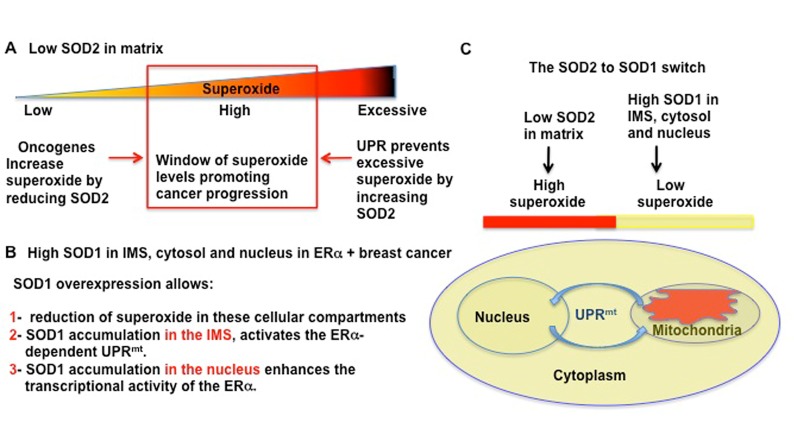Fig 2. Oncogenes and UPR keep ROS in the high level range.
A) Illustration of our hypothesis regarding the role of the reduction in SOD2 in the regulation of ROS in breast cancer. We hypothesize that oncogenic activation mediates a direct reduction in SOD2 levels, allowing superoxide level to rise from low levels, as in normal cells, to high levels. The resulting high levels of ROS act to assist the metabolic reprogramming of cancer cells. However, since excessive ROS would cause irreversible damage to the mitochondria, under stress conditions where ROS levels raise further, the UPRmt is activated to elevate SOD2. As a consequence, ROS levels are decreased from excessive to high range. B) List of dismutase-dependent and independent roles of SOD1 in cancer. C) Diagram of how SOD2 to SOD1 switch create high ROS in matrix, but lower ROS in the other cellular compartments, while simultaneously activating the UPRmt.

